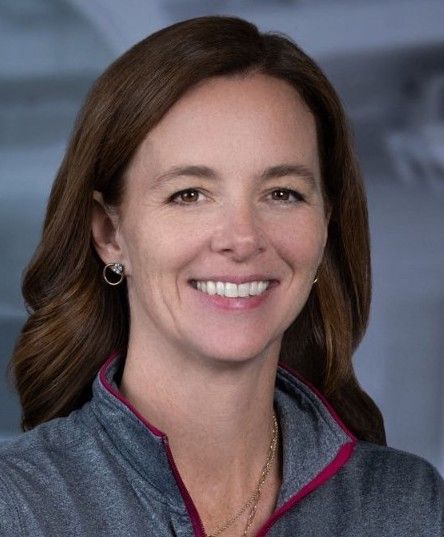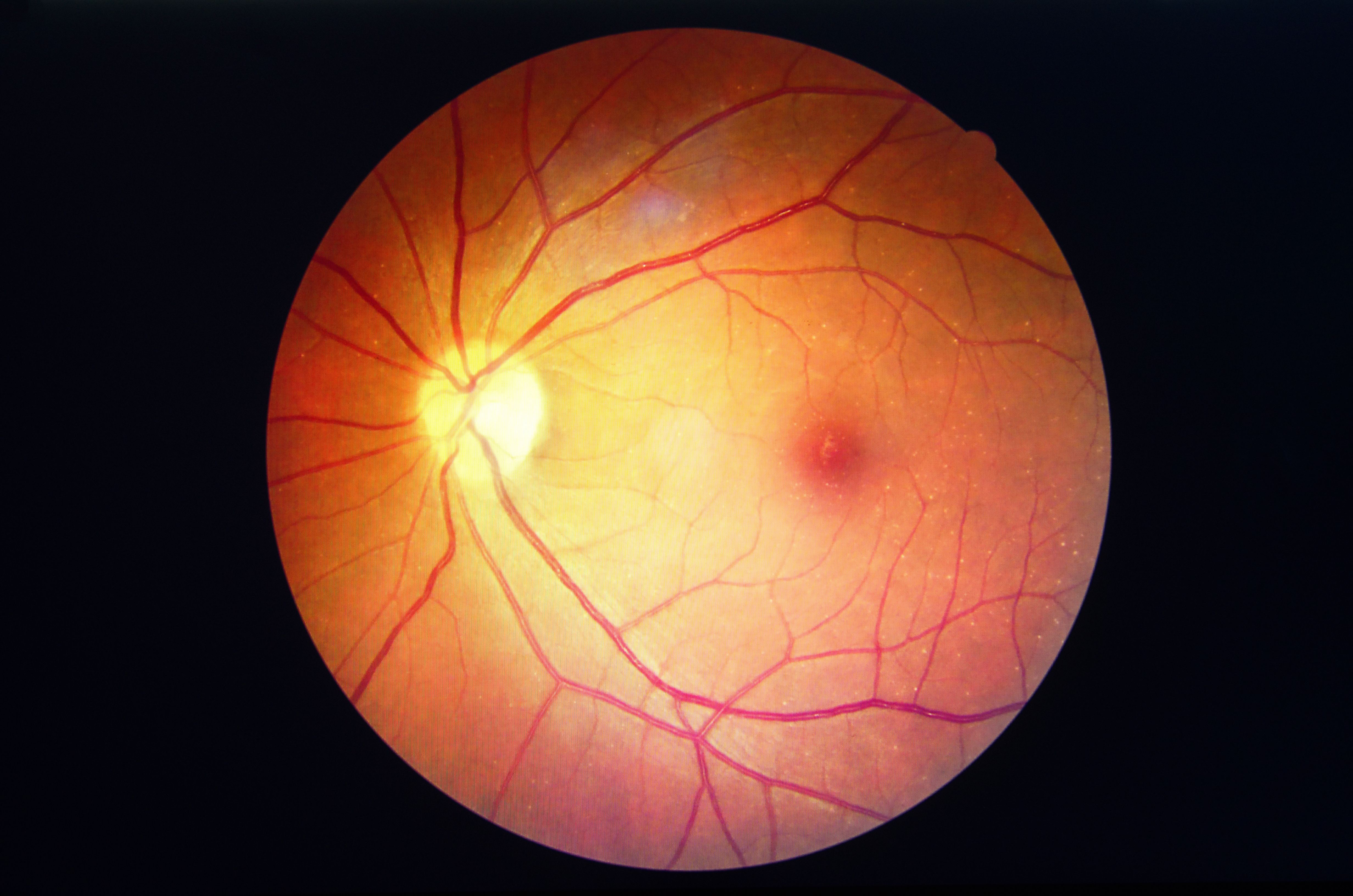Blog
Article
Combatting staff shortages with outsourced remote patient management
Author(s):
The technology is growing in use and patients are receptive to it. Here’s a way to make it work for your practice.
© metamorworks - stock.adobe.com.jpeg

If you've tried to schedule an appointment with your health care provider recently, there's a high likelihood you are facing weeks-long waits – or even months – to get into the office. Demands on today's physicians and nurses, in primary and specialty care, are making it difficult for patients to be seen in a timely manner for acute issues and can impact the management of chronic conditions.
The reason for these challenges is a shortage of physicians and other health care providers. They are leaving in droves – resulting from retirement to burnout and emotional exhaustion following the COVID pandemic – on top of fewer individuals pursuing medical professions. A recent study at NYU Langone even detected hospital worker burnout using AI tools. Within the next decade, the United States could experience a projected shortage of as many as 124,000 physicians, according to the Association of American Medical Colleges. The nursing profession is also facing similar shortfalls, with the U.S Bureau of Labor Statistics estimating more than 275,000 additional nurses will be needed by 2030.
Lucienne Marie Ide, MD, PhD
© Rimidi

These shortages, and subsequent understaffing, can have lasting effects – particularly when patients defer needed care as a result of not easily getting an appointment. These types of delays can result in patients developing serious complications of existing chronic conditions or can exacerbate health problems that require timely attention. Ultimately, poor access to patient care results in poor outcomes, or even premature death, particularly for those who require specialized care for chronic conditions.
Remote patient monitoring brings needed visibility into patient care
Many practices are adopting new technologies to help address patient needs while easing the burden on providers. One solution that is gaining traction is remote patient monitoring (RPM). RPM helps health care providers keep closer tabs on the health status of individuals with chronic diseases such as diabetes, high blood pressure, heart disease and obesity, without requiring in person office visits.
Over the next two years, the number of RPM patients in the U.S. will almost double to 70.6 million – more than one-quarter of the population. This growth is a testament to the value patients feel it provides. One white paper noted that 70% of patients said that RPM enables better management of their care since it allows providers to track their symptoms and health even when they’re not in the office. This, in turn, fosters more timely and data-driven decision making about a patient’s care plan and enables providers to adjust treatments accordingly to achieve the best possible outcome.
While the right RPM software can improve clinical staff efficiency and scaling, allowing clinics to reconfigure their schedules or staffing model to run highly effective RPM programs, some health care providers are turning to outsourced clinical teams who specialize in RPM to support their programs.
The rise of outsourced remote patient monitoring
The 2020 Medicare Physician Fee Schedule Final Rule included an update to CPT codes 99457 and 99458, which cover the time spent on patient data analysis and engagement, to enable RPM services to be delivered “incident to” a physician’s service under general supervision, rather than direct supervision. This rule change meant that the billing physician and clinical staff performing RPM services do not need to physically reside in the same building.
This change enabled Medicare providers to have the opportunity to contract with third-party companies to handle a variety of tasks, including patient education, device set-up, engaging patients who may not be using the device regularly, data review, and patient triage. If the third-party RPM company identifies any concerns, they can escalate care to the patient's health care provider so proper steps can be taken to address potential problems.
Outsourcing RPM enables providers to deliver a higher level of care without requiring existing employees to take on more daily tasks, disrupting existing workflows or requiring practices to hire more staff. This approach ensures a smooth transition when adding RPM services to a clinic’s offerings since practice staff will not have to receive specialty training or spend time onboarding patients.
Working for outsourced clinical monitoring companies is also a good alternative for nurses who have left traditional health care settings – allowing clinical staff who no longer want to work in a front line care setting to continue in the profession, just in a different capacity.
As more patients become interested in RPM and case studies continue to show improved patient outcomes, practices must seek ways to integrate these tools into their workflows. But given the current – and expected future – shortage of physicians and nurses, it can be a challenge to effectively support patients to ensure quality outcomes and a good patient experience. Outsourcing RPM is a strong option to ensure that both patients and practices can get the benefit of implementing new technologies.
Lucienne Marie Ide, MD, PhD, is the founder and CEO of Rimidi, a leading clinical management platform designed to optimize clinical workflows, enhance patient experiences and achieve quality objectives for chronic disease management. She brings her diverse experiences in medicine, science, venture capital and technology to bear in leading Rimidi’s strategy and vision.
Newsletter
Stay informed and empowered with Medical Economics enewsletter, delivering expert insights, financial strategies, practice management tips and technology trends — tailored for today’s physicians.





